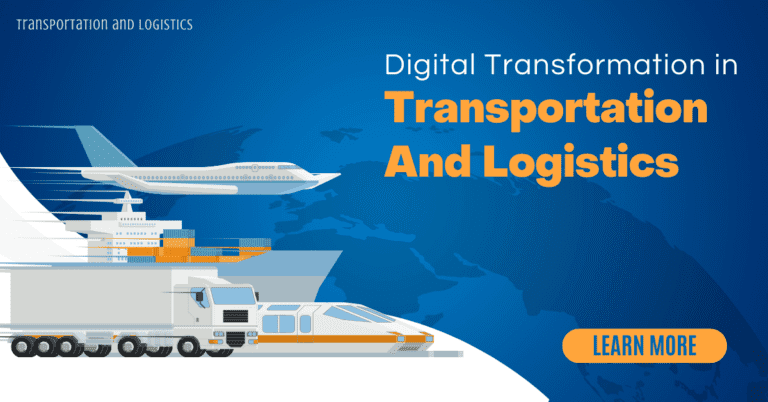The logistics industry has always played a pivotal role in global commerce. Traditionally, it revolved around manual processes, paper-based documentation, and reliance on human expertise. However, the advent of digital technology has ushered in a transformative journey, changing the way goods are moved, tracked, and managed. Let’s explore the evolution of the logistics sector from its traditional roots to the era of digitalization.
1. Traditional Logistics:
Traditionally, logistics involved labor-intensive processes. Orders were processed manually, and paper records were used to track shipments. Here are some key characteristics of traditional logistics:
Manual Records:
All data, from inventory levels to shipment details, were recorded and managed manually, making the process time-consuming and error-prone.
Communication Challenges:
Communication between various stakeholders, including manufacturers, shippers, and customers, relied heavily on phone calls and faxes, leading to delays and miscommunication.
Limited Visibility:
Tracking and tracing shipments in real-time was nearly impossible, leading to uncertainty and inefficiencies.
2. The Digitalization Journey:
The logistics industry’s digitalization journey has been driven by advancements in technology, changing customer expectations, and the need for greater efficiency. Here’s how the transformation unfolded:
Introduction of Computers:
The first step was the introduction of computers to manage inventory and track shipments. This reduced manual errors and improved data accuracy.
Electronic Data Interchange (EDI):
EDI enabled the electronic exchange of business documents like purchase orders and invoices between different companies. It streamlined communication and reduced paperwork.
Barcode Technology:
The use of barcodes improved inventory management and tracking accuracy, making it easier to monitor the movement of goods.
Transport Management Systems (TMS):
TMS software emerged to optimize route planning, load scheduling, and carrier selection, leading to cost savings and improved delivery times.
3. The Digital Logistics Era:
In recent years, the logistics sector has fully embraced digitalization, transforming the industry in profound ways:
Real-time Tracking:
GPS and IoT technologies have enabled real-time tracking of shipments, providing end-to-end visibility to stakeholders.
Big Data and Analytics:
Logistics companies now use big data analytics to optimize routes, predict demand, and improve supply chain efficiency.
Blockchain:
Blockchain technology has been introduced to enhance transparency and security in supply chains, reducing fraud and errors.
Automation and Robotics:
Warehouse automation, autonomous vehicles, and drones have improved efficiency and reduced labor costs in logistics operations.
E-commerce Integration:
The rise of e-commerce has driven the need for last-mile delivery solutions, prompting innovations like delivery drones and same-day delivery services.
4. Future Trends:
The journey toward digitalization in logistics is far from over. Here are some emerging trends that will shape the industry’s future:
Artificial Intelligence (AI):
AI will play a pivotal role in predictive maintenance, demand forecasting, and route optimization.
Sustainability:
Environmental concerns are driving the adoption of eco-friendly transportation options and sustainable logistics practices.
Customer Experience:
Personalized services, transparent tracking, and user-friendly apps will continue to improve the customer experience.
Supply Chain Resilience:
The COVID-19 pandemic highlighted the need for more resilient supply chains, leading to increased focus on risk management and diversification.
In conclusion, the logistics sector has come a long way from its traditional roots to embrace the digital era. The ongoing digitalization journey promises increased efficiency, transparency, and sustainability, shaping the future of global trade and commerce. As technology continues to advance, the logistics industry will undoubtedly evolve further to meet the challenges and opportunities of the 21st century.

